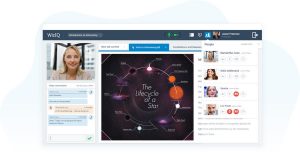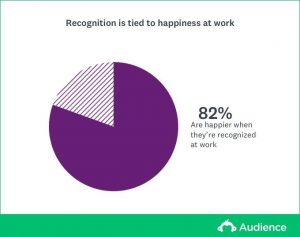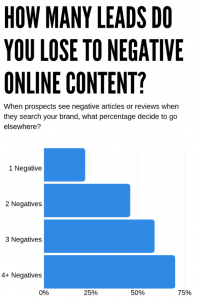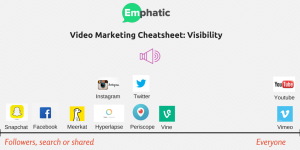
Maximizing Customer Lifetime Value (CLV) is not easy. You cannot expand your wallet share with cross-sell or upsell tactics without first delivering value and the initial promised business outcomes. Nor can you extend the life of the subscription with renewal sales plays before first ensuring the customer has achieved success within the first subscription or contract term. Both customer expansion (cross-sell and upsell) and extension (retention and renewals) are heavily dependent upon the first phase of Revenue Lifecycle Management: Adoption. And the first step in driving adoption is customer onboarding.
As the new “Keys to Customer Onboarding Infographic” outlines, customer onboarding is a formalized set of processes aimed at operationalizing the products and services offered by your business. The infographic is a great tool to share with your Customer Success and Account Management teams to provide a clear understanding of the importance of taking the time to properly onboard each and every one of your customers.
Yes, I said each and every one of your customers! With resources already stretched thin, this may seem like an impossible goal. How do you know if it is a goal worth tackling? You know it is time to invest in a new customer onboarding strategy when you have high:
- First-year churn rates
- Customer support cases within the first 3 months
- Involvement from Customer Success
- Cost-to-serve or cost-of-sale
That last one is important – cost-of-sale is tied to customer onboarding when you support free trial periods or freemium business models. These demand generation tactics are no longer reserved for just SaaS companies. Hardware, medical devices and even other asset based companies are taking advantage of these profitable approaches to new customer acquisition. However, trial and freemium conversion rates rely on a seamless onboarding experience.
Your customers must be able to meet implementation, provisioning, training and change management milestones for them to begin quickly seeing value from your products or services. And this process needs to be as automated as possible, otherwise your service teams will be spending too much time with “tire-kickers” versus focusing on developing new customers and growing existing customers.
Automation of your customer onboarding process requires that you analyze your historic data to identify:
- Usage thresholds
- Loyalty indicators
- At-risk behaviors
The results of these analytics will help you create a comprehensive picture of what a successful customer looks like. Take a look at the Infographic to learn more or dive in deeper with our Customer Onboarding On-demand Webinar.
Business & Finance Articles on Business 2 Community(17)







